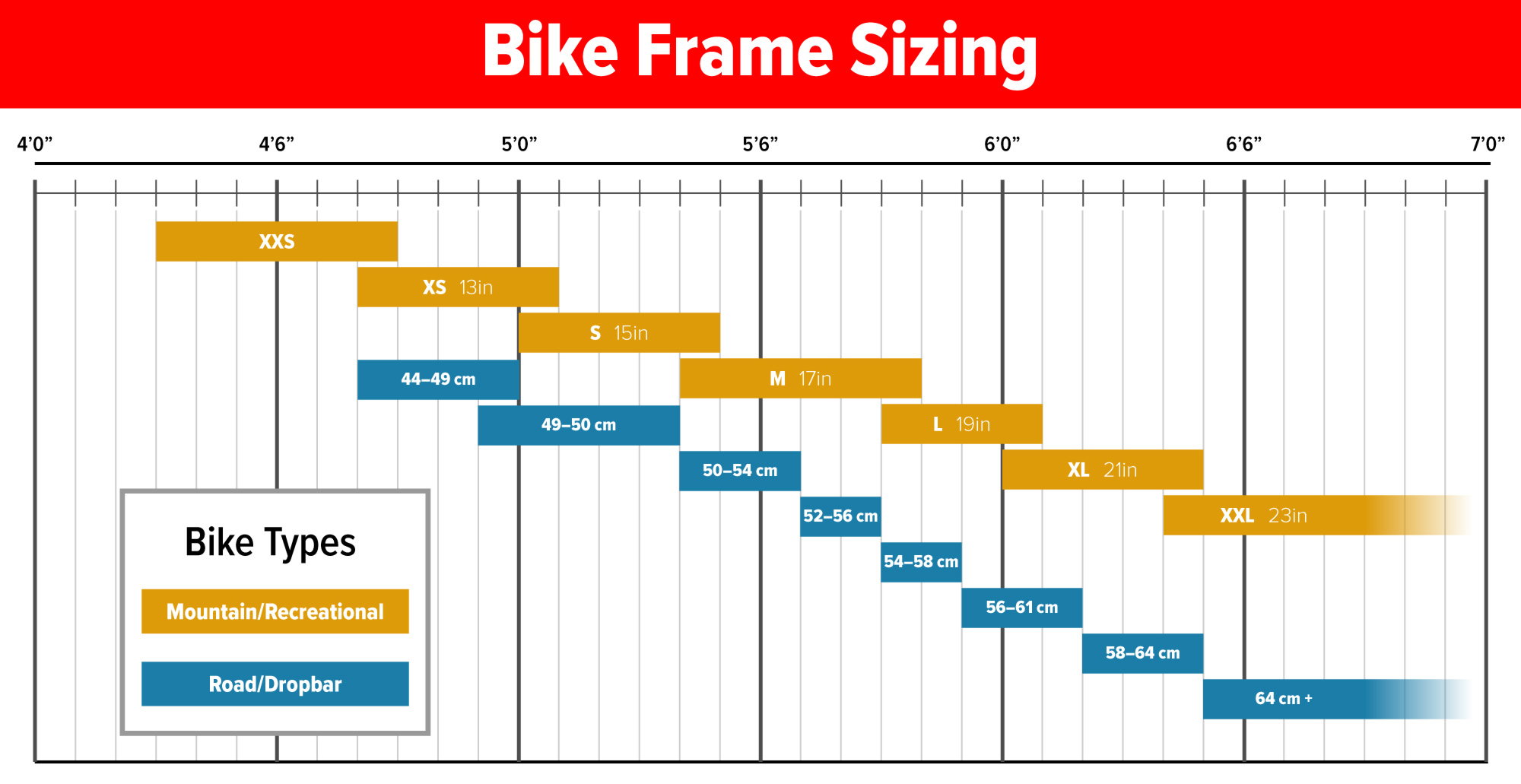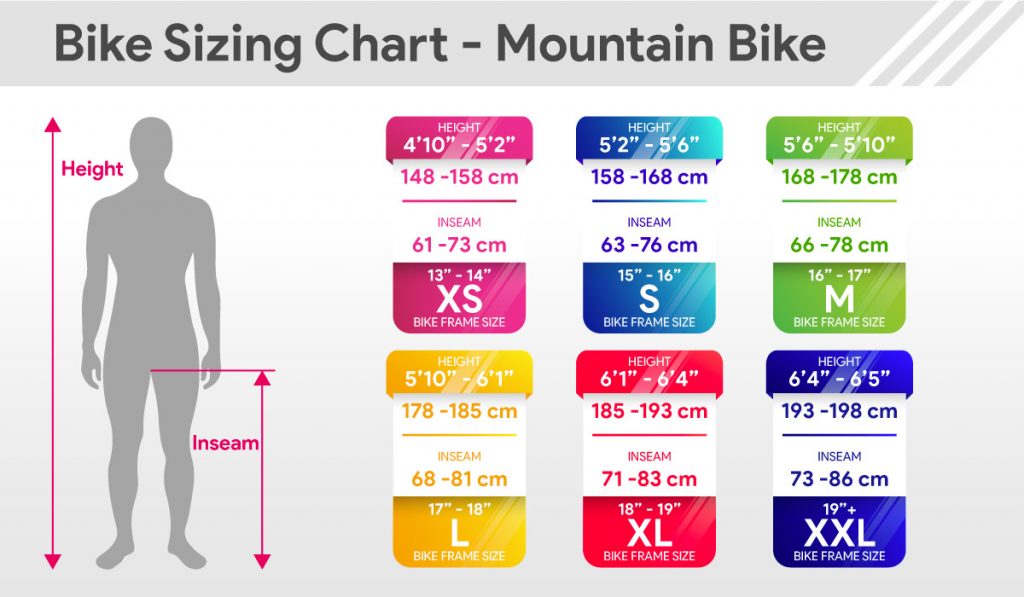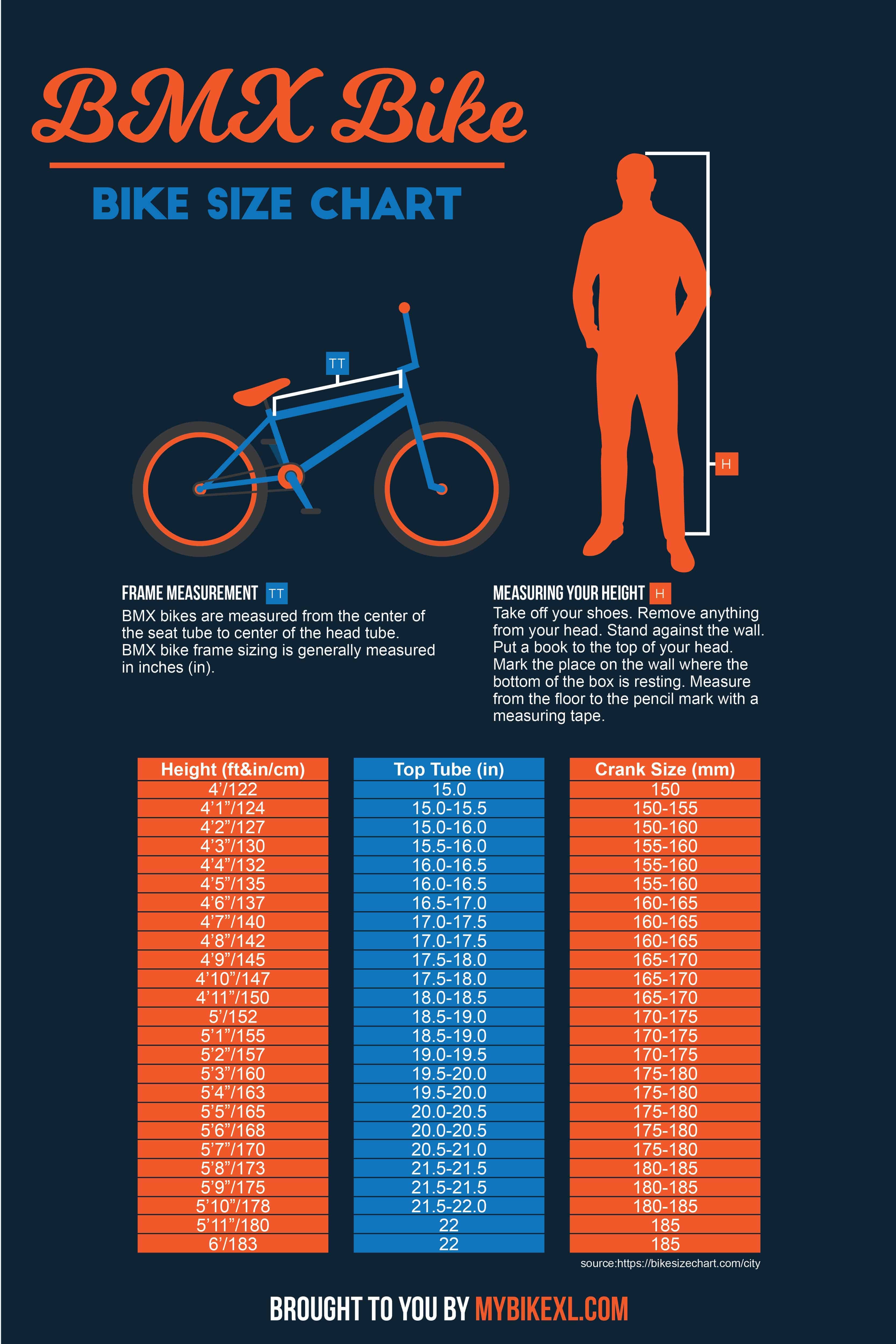Why Frame Size Matters: Avoiding Discomfort and Injury
When it comes to cycling, a proper bike fit is essential for a comfortable and enjoyable ride. A bicycle that is too small or too large can lead to a range of issues, from mild discomfort to chronic pain and even long-term injuries. The consequences of a poor fit can be far-reaching, affecting not only the rider’s comfort but also their performance and overall cycling experience. By choosing a bike frame size that is tailored to their individual needs, riders can avoid common issues such as back pain, neck strain, and soreness in the hands and feet. A bicycle frame size chart can be a valuable tool in this process, providing a guide for riders to find their perfect fit and enjoy a lifetime of comfortable, enjoyable cycling.
Understanding Your Body: Measuring for the Perfect Fit
To find the perfect bike frame size, it’s essential to take accurate measurements of your body. This will ensure that your bike is tailored to your unique physiology, providing a comfortable and efficient ride. Start by measuring your inseam, which is the distance from the floor to the top of your inner thigh. This can be done by standing against a wall with your feet shoulder-width apart and a book or ruler between your legs. Record the measurement in inches or centimeters. Next, measure your arm length, which is the distance from the shoulder to the wrist. This can be done by standing against a wall with your arm relaxed by your side and a ruler or tape measure along the length of your arm. Finally, consider your riding style and the type of bike you’re looking for. Are you a road cyclist, mountain biker, or commuter? Different types of bikes require different frame sizes, so it’s essential to factor this into your decision. By taking these measurements and considering your riding style, you’ll be well on your way to finding the perfect bike frame size using a bicycle frame size chart.
How to Use a Bicycle Frame Size Chart: A Step-by-Step Guide
Once you have taken your measurements, it’s time to use a bicycle frame size chart to find your perfect fit. A bicycle frame size chart is a valuable tool that provides a guide for riders to find their ideal bike frame size based on their body measurements and riding style. To use a bicycle frame size chart, start by identifying your inseam measurement and matching it to the corresponding frame size on the chart. Next, consider your arm length and riding style, and adjust the frame size accordingly. For example, if you have a longer arm length, you may need a larger frame size to ensure a comfortable riding position. Additionally, consider the type of bike you’re looking for, as different types of bikes require different frame sizes. Road bikes, for instance, typically have a more aggressive riding position and require a smaller frame size, while mountain bikes have a more upright riding position and require a larger frame size. By following these steps and using a bicycle frame size chart, you can find a bike frame size that is tailored to your unique needs and riding style, ensuring a comfortable and enjoyable ride.
When using a bicycle frame size chart, it’s also important to consider the manufacturer’s specific sizing guidelines. Different manufacturers may have slightly different sizing charts, so it’s essential to consult the chart provided by the manufacturer of the bike you’re interested in. This will ensure that you find a bike frame size that is compatible with the manufacturer’s design and intended use. By taking the time to use a bicycle frame size chart and considering the various factors that affect bike frame size, you can find a bike that is tailored to your unique needs and riding style, providing a lifetime of comfortable, enjoyable cycling.
Factors to Consider: Riding Style, Terrain, and Personal Preference
When choosing a bike frame size, it’s essential to consider various factors that can affect the fit and comfort of your ride. One of the most critical factors is riding style. Are you a road cyclist, mountain biker, or commuter? Different riding styles require different bike frame sizes and geometries. For example, road cyclists typically require a more aggressive riding position, which means a smaller frame size with a lower handlebar height. Mountain bikers, on the other hand, require a more upright riding position, which means a larger frame size with a higher handlebar height. Commuters may prefer a more relaxed riding position, which means a medium-sized frame with a comfortable handlebar height.
Terrain is another critical factor to consider. If you’ll be riding on rough terrain, such as mountains or trails, you may need a larger frame size with more clearance to accommodate the rough terrain. If you’ll be riding on smooth roads, a smaller frame size with less clearance may be sufficient. Additionally, consider your personal preference for the type of bike you want. Do you prefer a lightweight, responsive bike or a sturdy, comfortable bike? Different bike types require different frame sizes and geometries, so it’s essential to consider your personal preference when choosing a bike frame size.
Other factors to consider include your flexibility, strength, and riding experience. If you’re a beginner, you may prefer a more upright riding position with a larger frame size. If you’re an experienced rider, you may prefer a more aggressive riding position with a smaller frame size. By considering these factors and using a bicycle frame size chart, you can find a bike frame size that is tailored to your unique needs and riding style, ensuring a comfortable and enjoyable ride.
Popular Bike Frame Sizes: What to Expect from Different Brands
When it comes to bike frame sizes, different brands offer varying options to cater to different riders’ needs. Understanding the popular bike frame sizes from well-known brands can help you make an informed decision when choosing a bike. Here’s an overview of what to expect from Trek, Specialized, and Giant:
Trek, a renowned bike manufacturer, offers a range of bike frame sizes, including 50, 52, 54, 56, 58, and 60 cm. Their road bikes, such as the Trek Emonda, typically have a more aggressive riding position, which means a smaller frame size with a lower handlebar height. Their mountain bikes, such as the Trek Fuel EX, have a more upright riding position, which means a larger frame size with a higher handlebar height.
Specialized, another prominent bike brand, offers a range of bike frame sizes, including 49, 52, 54, 56, 58, and 61 cm. Their road bikes, such as the Specialized Tarmac, have a more aggressive riding position, which means a smaller frame size with a lower handlebar height. Their mountain bikes, such as the Specialized Stumpjumper, have a more upright riding position, which means a larger frame size with a higher handlebar height.
Giant, a leading bike manufacturer, offers a range of bike frame sizes, including 47, 50, 52, 54, 56, and 58 cm. Their road bikes, such as the Giant TCR, have a more aggressive riding position, which means a smaller frame size with a lower handlebar height. Their mountain bikes, such as the Giant TCX, have a more upright riding position, which means a larger frame size with a higher handlebar height.
When choosing a bike frame size, it’s essential to consider the brand’s specific sizing guidelines, as they may vary. Additionally, using a bicycle frame size chart can help you find the perfect fit, regardless of the brand. By understanding the popular bike frame sizes from different brands and using a bicycle frame size chart, you can find a bike that is tailored to your unique needs and riding style, ensuring a comfortable and enjoyable ride.
Common Mistakes to Avoid: Don’t Let a Poor Fit Ruin Your Ride
Choosing the right bike frame size can be a daunting task, and many people make common mistakes that can lead to discomfort, pain, and even injury. Here are some common mistakes to avoid when choosing a bike frame size:
One of the most common mistakes is relying solely on height as a determining factor. While height is an important consideration, it’s not the only factor to consider. Other measurements, such as inseam, arm length, and torso length, also play a crucial role in determining the perfect bike frame size.
Another mistake is not considering the type of bike frame. Different types of bike frames, such as road, mountain, and hybrid, have different geometries and require different measurements. For example, a road bike typically has a more aggressive riding position, which means a smaller frame size with a lower handlebar height.
Not using a bicycle frame size chart is another common mistake. A bicycle frame size chart provides a detailed guide on how to measure yourself for a bike frame and helps you find the perfect fit based on your measurements and riding style.
Additionally, not test riding a bike before purchasing is a mistake that can lead to discomfort and pain. Test riding a bike allows you to assess the fit and make any necessary adjustments before committing to a purchase.
Finally, not considering personal preference is a mistake that can lead to an uncomfortable ride. Personal preference plays a significant role in determining the perfect bike frame size, so it’s essential to consider your riding style, terrain, and personal comfort level when choosing a bike frame size.
By avoiding these common mistakes and taking the time to find your perfect fit, you can ensure a comfortable, enjoyable ride and avoid the consequences of a poor fit. Remember to use a bicycle frame size chart, consider your measurements and riding style, and test ride a bike before purchasing to find your perfect fit.
Test Ride Before You Buy: The Importance of Trying Before Committing
Once you’ve narrowed down your search to a few bike frame sizes, it’s essential to test ride a bike before making a purchase. Test riding a bike allows you to assess the fit and make any necessary adjustments before committing to a purchase. This crucial step can make all the difference in ensuring a comfortable, enjoyable ride.
When test riding a bike, pay attention to how your body feels on the bike. Do you feel comfortable and relaxed, or do you experience discomfort or pain? Take note of any pressure points or areas of tension, as these can indicate a poor fit.
Here are some tips to make the most of a test ride:
First, wear the same type of clothing you plan to wear while riding, including shoes and helmet. This will give you a more accurate feel for the bike.
Next, adjust the saddle height and handlebar height to your preferred position. This will help you get a sense of the bike’s geometry and how it fits your body.
Ride the bike on different terrain, including hills and flat surfaces, to get a sense of how it handles and responds to your input.
Finally, take note of any features that are important to you, such as brake type, gear system, and accessories like water bottle holders or racks.
By test riding a bike and paying attention to how it feels, you can ensure a comfortable, enjoyable ride and avoid the consequences of a poor fit. Remember, a bicycle frame size chart is just a guide – the ultimate test of a bike’s fit is how it feels on the road or trail.
Conclusion: Finding Your Perfect Fit for a Lifetime of Cycling Joy
Choosing the right bike frame size is a crucial decision that can make all the difference in your cycling experience. A poor fit can lead to discomfort, pain, and even injury, while a well-fitting bike can provide a lifetime of comfortable, enjoyable cycling.
By following the steps outlined in this guide, you can ensure that you find your perfect fit. Remember to measure yourself carefully, use a bicycle frame size chart to narrow down your options, and consider factors such as riding style, terrain, and personal preference.
Don’t be afraid to test ride a bike before purchasing, and pay attention to how your body feels on the bike. A little patience and effort upfront can pay off in the long run, providing you with a bike that fits like a glove and allows you to ride with confidence and comfort.
Whether you’re a seasoned cyclist or just starting out, finding your perfect fit is key to unlocking the full potential of your bike. So take the time to get it right, and you’ll be rewarded with a lifetime of cycling joy.
Remember, a bicycle frame size chart is just a starting point – the ultimate test of a bike’s fit is how it feels on the road or trail. By combining careful measurement, thoughtful consideration, and a test ride, you can find your perfect fit and enjoy the many benefits that cycling has to offer.








